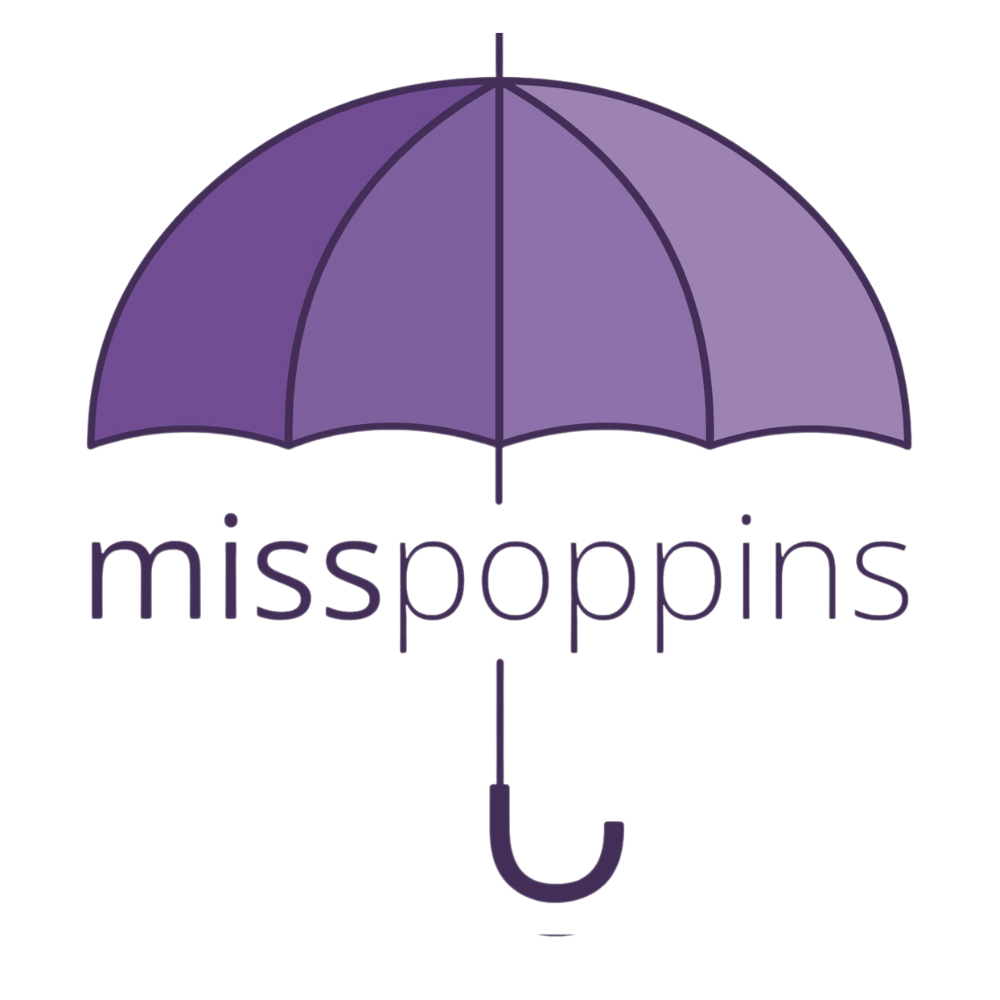Are Childhood Speech Delays Rising After COVID?
Will AI Hinder Your Child’s Speech?
Teachers across the country have been sounding the alarm since classrooms reopened: children are struggling with fine motor skills, focus, and even basic communication. In a 2024 EdWeek report, educators described students who couldn’t hold pencils, cut with scissors, or sustain attention long enough to write an essay — all skills that build the foundation for strong language and literacy.
The launch of AI has also sparked controversy over rising dependency issues among younger users. While some of these concerns stem from real post-pandemic developmental shifts, others highlight the broader cultural forces shaping how we communicate today.
Are Speech Delays More Common Post-COVID Times?
Research backs up what many parents have suspected. Johns Hopkins Medicine found that infants and toddlers who lived through the pandemic years showed measurable delays in developmental milestones, including speech and language growth (Johns Hopkins, 2024).
When therapy services were interrupted, the impact was clear. A study following 33 children whose sessions were paused for three months showed regression in both comprehension and expression — particularly in children with borderline delays. Once therapy resumed, skills improved, underscoring how critical consistent services are (PMC, 2023).
Epic Research also found that speech delay diagnoses surged between 2018 and 2021, rising significantly during the pandemic. Rates have since leveled off, but they remain at around 16–17% — still higher than pre-COVID (Epic Research, 2023).
So, while the “spike” may have stabilized, speech delays are still a pressing concern for families.
Factors Behind the Post-Pandemic Speech Delay Surge
Several overlapping issues contribute to the rise:
Interrupted social interaction. Lockdowns limited playdates, preschool, and peer-to-peer conversation.
Masks and muffled speech. Covering faces reduced the ability to watch lip movements and speech cues.
Increased screen time. For many families, screens replaced interactive talk time — raising concerns about whether virtual voices may discourage back-and-forth dialogue.
Therapy disruptions. Many pediatric speech therapy and early intervention services went virtual or paused entirely.
Greater awareness. Parents are now more vigilant about developmental milestones, leading to earlier evaluations.
The Role of AI in How We Communicate
You might also want to reconsider how much time your family spends on LLMs.. In a TechRadar article, journalist Becca Caddy observed that people are beginning to “sound more like AI” in public — shorter sentences, flatter tone, and more formulaic interactions. While her focus was on adults and how digital assistants influence daily communication, it highlights a broader reality: AI is changing the rhythm and style of modern conversation.
For parents, this reinforces the importance of human interaction and conversations. Limiting the use of AI could support language development, especially at its earliest stages.
Speech Delay Signs That Parents Should Watch For
Every child develops at their own pace, but here are common red flags for speech and language delay:
By 18 months: fewer than 5–10 spoken words, limited gestures or pointing
By 24 months: not combining words (“want milk,” “go park”), or fewer than 50 words
Persistent unclear speech past toddler years
Difficulty following simple directions
Loss of words or skills the child once had
It’s important to distinguish between a speech delay (difficulty producing sounds) and a language delay (difficulty understanding or using words) (Wikipedia). Both can affect confidence and school readiness if not addressed.
For families concerned about post-COVID speech issues, both holistic speech therapy for kids and pediatric speech therapists online are increasingly valuable options.
Holistic speech therapy takes a whole-child approach, looking at speech alongside motor skills, sensory needs, emotional regulation, and even sleep. This integrative method is especially helpful for children with autism, trauma, or anxiety who may need more than sound drills.
Online pediatric speech therapists offer flexibility for busy families or those living in areas with long waitlists. Telehealth-based virtual speech delay therapy has been shown to help children maintain progress when in-person therapy isn’t available.
Early intervention speech therapy remains the gold standard: the earlier delays are addressed, the better the long-term outcomes. Even a few months of targeted support can help children catch up dramatically.
Pediatric Speech Therapists Online
If you’re noticing delays, trust your instincts. exploring online pediatric speech therapy can connect you with the right professionals quickly. The MissPoppins platform makes it simple for parents to find pediatric speech and other developmental therapists who understand the unique challenges of modern day children.


